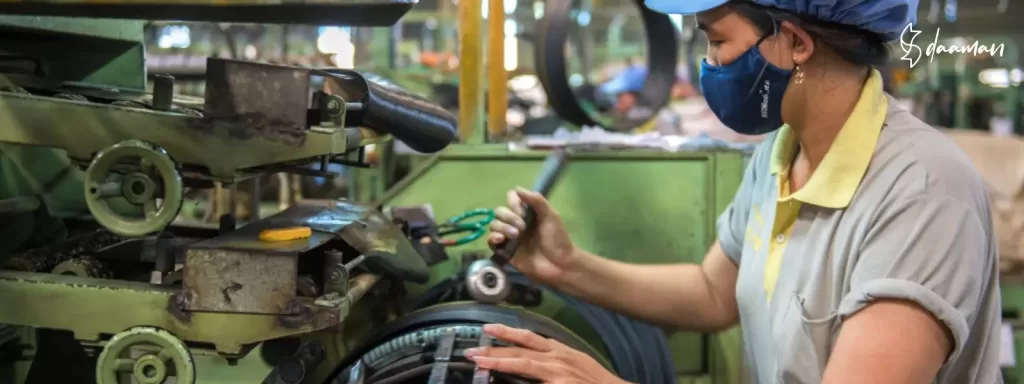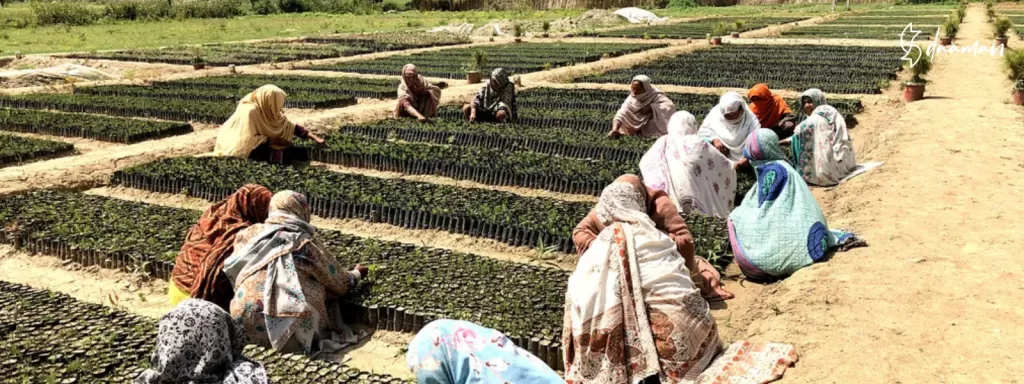Effective Strategies for Pakistani Women Trying to Enter the Competitive Job Market
In the constantly changing global workforce, Pakistani women are achieving incredible success across a range of sectors. But given how competitive the job market is these days, standing out requires more than just abilities and credentials. Here, we look at empowering tactics that might support Pakistani women in thriving in the demanding labour market as well as navigating it. Education and Skill Development: Above all, maintaining current in the labour market requires ongoing learning. Pakistani women must to concentrate on obtaining formal education as well as transferable abilities that complement their professional objectives. They can become more marketable candidates by taking advantage of opportunities to expand their skill set through certifications, online courses, and workshops. Image Source: TheBalance.com Networking and Mentorship: Building a solid professional network is vital for career growth. In order to network with specialists in their sector, Pakistani women should take an active part in industry events, seminars, and conferences. Seeking out mentorship from seasoned professionals can offer insightful advice and direction, assisting women in making well-informed career decisions. Assertiveness and Confidence: Self-assurance is a valuable quality in the employment market. Pakistani women ought to be proud of their accomplishments and skills, demonstrating them in the job and at interviews. They might also come out as competent and self-assured professionals if they are assertive in their views and opinions. Cultural Competence: This is a critical skill in an increasingly globalised labour market. Pakistani women ought to make an effort to comprehend and value other cultures in order to promote an inclusive workplace. This cultural intelligence exhibits flexibility and open-mindedness in addition to improving teamwork. Professional Branding: In the cutthroat job market, having a strong personal brand is essential to making an impression. This entails establishing a polished online identity, such as a well-designed LinkedIn profile, and continuously highlighting accomplishments and areas of expertise. Developing a good reputation in the field can greatly improve employment prospects. Accept Technology: People must be tech-savvy due to the quick incorporation of technology into a variety of businesses. Pakistani women ought to adopt new technologies that are pertinent to their line of work and keep abreast of market developments. In a work market driven by technology, having proficiency with pertinent software, digital tools, and online platforms can be a big advantage. Entrepreneurial Mindset: Fostering an entrepreneurial mindset has the potential to provide new chances. Pakistani women, whether in their current positions or as entrepreneurs, ought to think about coming up with creative answers to pressing problems. This kind of thinking demonstrates initiative and problem-solving abilities, which are highly sought after in today’s workforce. Work-Life Balance: Long-term success depends on finding a balance between one’s personal and professional lives. Setting limits and putting self-care first will help Pakistani women avoid burnout. Maintaining a healthy work-life balance is beneficial for career advancement as well as overall wellbeing. Gender Equality Advocacy: Taking an active role in promoting gender equality in the workplace can help create a more diverse employment market. Pakistani women should participate in or support programmes that advance equality of opportunity and diversity in order to foster an atmosphere that is favourable to career advancement. Image Source : CallMatters.com Adaptability and resilience: Both are important qualities in today’s dynamic labour market. Pakistani women ought to be willing to pick up new skills, adjust to changes in their fields, and show resiliency in the face of difficulties. Their adaptability makes them desirable assets in a labour market that is changing quickly. In conclusion, with the right education, smart networking, self-assurance, and a dedication to lifelong learning, Pakistani women can succeed in the highly competitive labour market. By adopting these empowering tactics, they will advance the diversity of the workforce and establish themselves as formidable candidates for desired positions.
Effective Strategies for Pakistani Women Trying to Enter the Competitive Job Market Read More »












